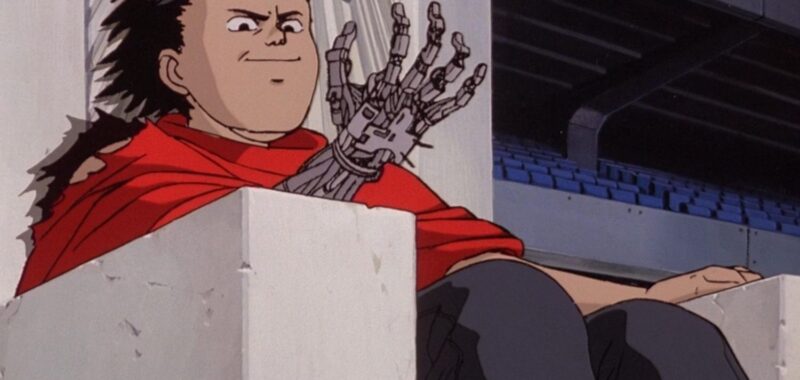Like 90% of all humankind, I was born sensible, by which I mean that I was born right-handed. But my little brother, the youngest of four stubborn siblings, outdid us all in the obstinance department when he manifested as the sole lefty in the house. He forever bumped the elbows of those who, unfortunately, sat beside him unless he was placed on the leftmost corner of any table; he couldn’t work basic scissors like a normal person; his own hand smeared graphite across every bit of homework he ever scratched out, the cursed wretch.
But the truth is, during my childhood, I was a tiny bit jealous because being a lefty seemed to make a person a little more special. I had heard the rumors, however unfounded, that left-handed people are right-brained, and therefore fundamentally more creative. As a budding teen writer, I almost always imbued my protagonists with unnecessary left-hand dominance; it felt as much like a rite of bad writing passage as giving main characters heterochromia. I can’t be the only author who has thought about this weird indulgence, right?
Well, either I am batshit, or my fellow righties reading this need to admit it: you’ve envied a southpaw at least once in your life. But is that envy so ridiculous, given how vital using hands is to most human beings on earth?
Stories worldwide have often demonstrated a fixation with hands, especially when granting characters superhuman abilities. Wolverine’s adamantium claws are legendary, and District 9’s Wikus van der Merwe’s prawn-infected arm is what allows him to grow as a character and, um, species. Jedi use hand gestures to channel the force, and who could forget the Pale Man’s eyeballed palms in Pan’s Labyrinth?
In anime, hands seem to do even more heavy lifting than usual. Goku contorts glowing balls of Ki with his big old knuckled mitts; Naruto and company use hand seals to activate their ninja jutsu; no transformation in Sailor Moon could feel complete without graceful hand gestures. And while I simply don’t have it in me right now to wade anywhere near politics and what we usually talk about when we’re using “left” and “right” in online discourse, let’s take some time to consider the oddities of left- and right-hand dominance and postulate about the overarching symbolism of anime hands, because why not?
Writing pun-ridden essays on appendages is a perfectly valid way of coping with bleak reality, right? Let’s go…
The Right (and Left) Side of History
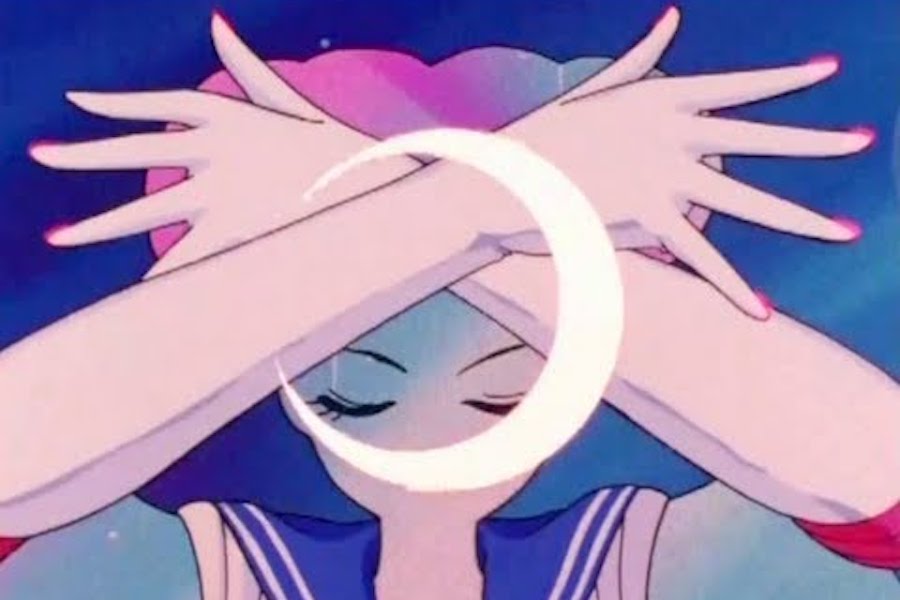
Japan doesn’t have quite the same history of disdaining the “sinister” left that many other cultures do. Americans have often heard stories about older relatives having their left-handedness beaten or trained out of them because if the right hand belonged to God, the left must be Lucifer’s. Islamic scripture maintained a similar stance, stating that Shaytan eats and drinks with the left hand. The left hand is famously seen as the unclean hand, the hand used for wiping. In Japan, using one hand is not impolite while doing mundane tasks, but using two is more respectful when exchanging business cards during introductions or giving gifts on special occasions. When enjoying tea in traditional ceremonies, serving and drinking incorporate the careful use of both hands.
When activities call for one hand, however, it isn’t that the left hand is seen as dirtier than the right. Instead, the trouble with lefties is that they are a minority in a society that infamously encourages uniformity. Most people are right-handed, and Japan is arranged accordingly. Turnstiles, ATMs, and even vending machines almost always take cards, cash, and tickets on the right side. To be left-handed is to exist as a perpetual, if mild, inconvenience. Whereas I may have envied my brother for the attention something so basic brought him, for kids in Japan, standing out can be more of a burden.
And what better way to establish a protagonist or antihero than bestowing burdens big and small on them from the get-go?
Born Lefty, Born Rebel
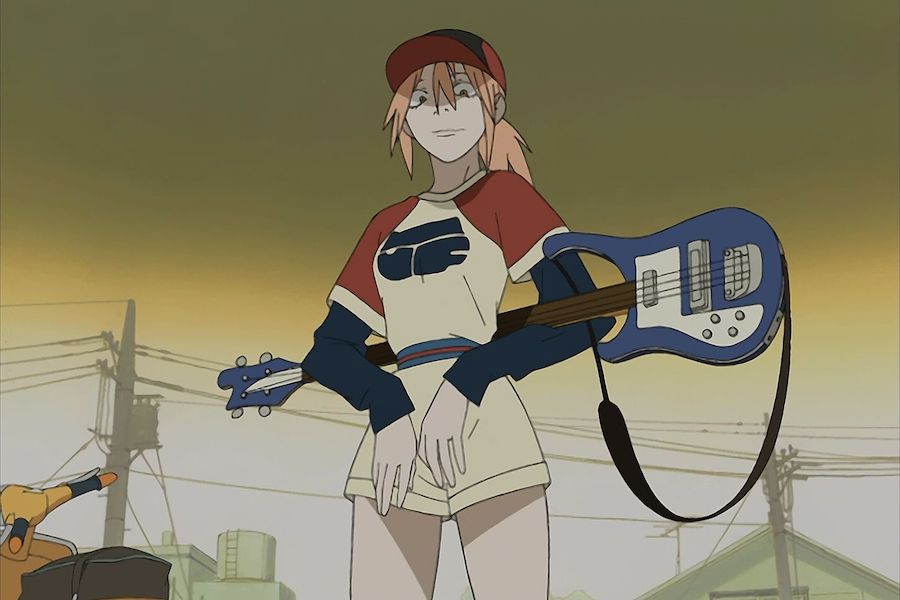
Left-handed characters in anime tend to be slightly edgier than most, especially in the shōnen genre. More than an actual source of chaos, left-handedness acts as a signifier of a chaotic nature. Take Haruko of the Gainax cult-classic FLCL, who uses a left-handed guitar as a weapon more often than as a musical instrument. More manic than pixie and more nightmare than dreamgirl, but very much a product of the early aughts, Haruko, the extraterrestrial ex-girlfriend of the main character’s brother, is about as bombastic as characters come.
Roronoa Zoro of One Piece, famed ambidextrous swordsman and bounty hunter-turned-pirate, sheathes all three of his swords on his right hip. When fighting with one sword rather than three, he favors his left hand. While every character in One Piece is a bonkers exercise in batshit character art, the restraint Oda demonstrated in designing Zoro makes these tiny, consistent details feel even more deliberate. For Zoro, a fan favorite, choices like this accent his rambunctious if prickly personality.
And oh, man, on the subject of prickly: the anime universe’s most melodramatic son, Sasuke Uchiha, deuteragonist and emo foil to Naruto’s chaotic energy in Naruto, demonstrates early on in the story that he favors his left side. Among the few survivors of his murdered clan, he has good reason to be surly but certainly takes it too far as the story progresses. He goes from crotchety young ninja to villain’s right-hand man and back again with theater kid aplomb, and it takes losing his left arm in a brawl with Naruto for Sasuke to leave the dark side at last.
And on the note of angsty brothers gone villainous, Dabi of My Hero Academia is the older brother of a heroic lead, the prodigal son gone mad with his thirst for vengeance. He just really, really hates his abusive dad, which is understandable, and he also happens to be left-handed.
While correlation is not causation, I still keep coming back to this point: mangaka and animators incorporating left-handedness into character design isn’t the same as teenage me writing an introduction paragraph about how my charming orphan hero Wesley has one hazel eye and one blue one and he’s self-conscious about it and wears his bangs long to hide the difference but also he is left-handed and good at magic. My genius character descriptions could be altered by editing a few (but clearly magnificent) sentences. But as a rule, even mangaka who do the primary writing and illustrating for a series work with a small stable of assistants, especially if they have weekly or monthly deadlines. All characters are drawn countless times, frequently by various artists, and no matter who’s doing the work, the character designs need to be consistent. It would be far easier from a storyboarding perspective to leave the lefties out of the equation. But for whatever reason, the lefties remain, causing as much trouble for the artists as they do for other characters.
Magic Hands!
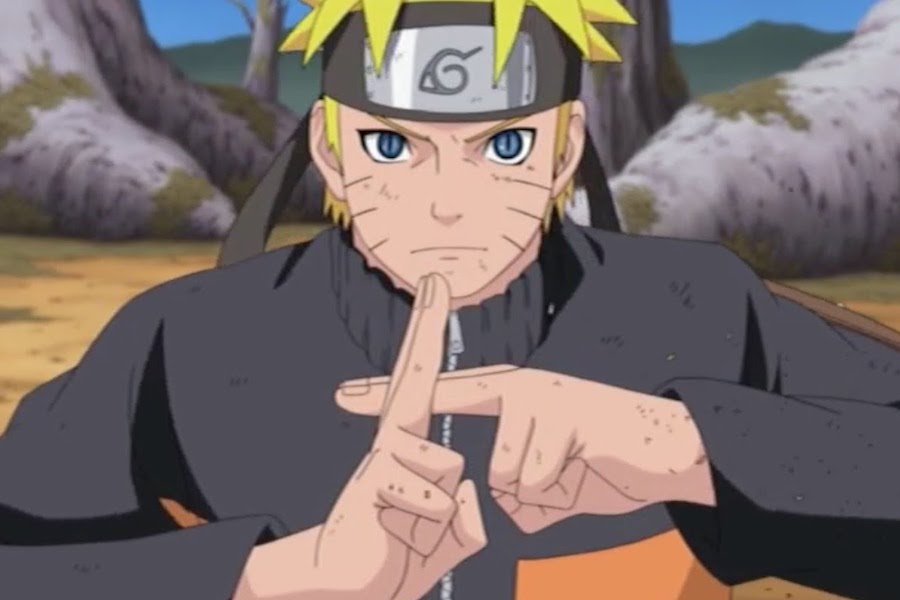
Hands are frequently associated with mysticism in the real world. Religions worldwide utilize mudra, or symbolic hand movements, in prayer and ritual. In Japan, Kuji no in, or the Nine Hand Seals, is a series of hand gestures paired with nine-syllable mantras adapted centuries ago from Chinese Taoism. Reiki, a Japanese Meiji-era form of energy healing, has seen a modern resurgence in popularity thanks to ASMRtists and a broader interest in, erm, woo-woo influencers. Reiki enthusiasts believe a practitioner’s hands can manipulate energy and chakras to heal the body and soul. Shiatsu applies similar convictions to massage, using the thumbs and knuckles to apply pressure to specific regions of aching bodies.
Mudra make frequent appearances in shonen anime even today, with a notable modern example being Jujutsu Kaisen. On the medicinal front, countless anime healers (mostly women, but that’s fodder for a future article) use their hands to get the job done. Notable examples include Sakura and Tsunade of Naruto, Wendy of Fairy Tail, Orihime of Bleach, and Kikyo of Inuyasha.
And if you’re happy and you know it? When it comes to clapping, Shinto prayer requires the ceremonial clapping of hands to wake the gods and make them listen. In Natsume’s Book of Friends, Natsume claps once before returning names to yōkai. In Fullmetal Alchemist, the Elric brothers clap their hands to create a bodily circuit that allows them to use alchemy without transmutation circles.
The associations are endless, but what about the people who don’t have hands?
Amputees in Anime
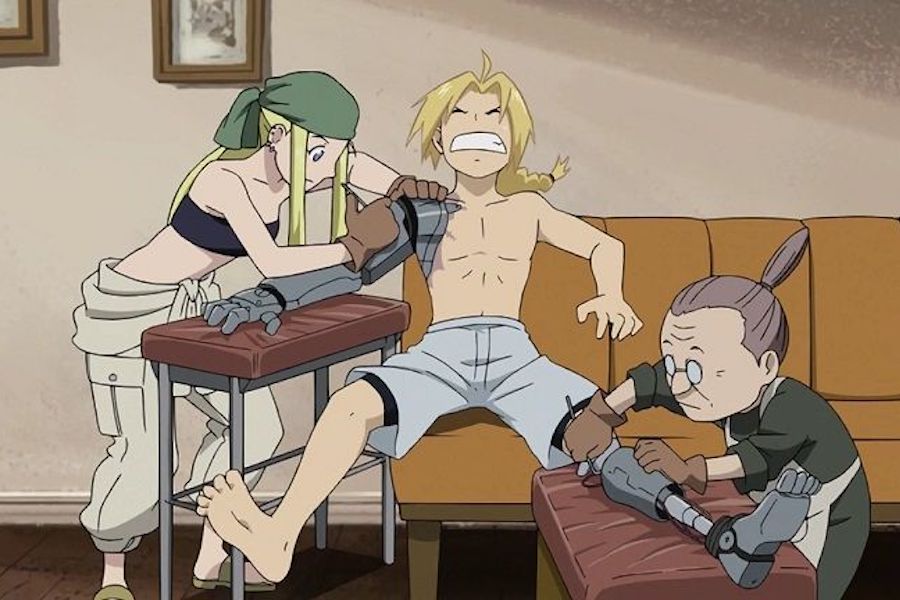
Amputation plays a frequent role in Japanese storytelling and history alike. In post-war Japan, amputees were not an uncommon sight. But given the state of Japan’s economy, prostheses were hard to come by for many, especially in the inaka. In rural villages, some people learned to make do, creating homemade limbs from bamboo and other accessible materials. The act of yubitsume, or finger-cutting, has long been part of Japanese culture. These days, those missing a pinky are assumed to have lost it after disappointing the yakuza. Severing one’s pinky is seen as an appropriate apology. I gather this practice originates from samurai chopping off their pinkies to show humility, because losing a pinky makes it much harder to hold a katana properly.
Some of the greatest anime heroes are amputees. While this topic deserves a future article on anime and disability representation, for now I’ll briefly address a few unforgettable handless heroes.
Edward Elric, who lost both an arm and a leg in a failed attempt at forbidden alchemy, must learn to write with his left hand. Ed’s prosthetics are custom-made by his childhood friend Winry, and he relies on them in order to function, use alchemy, and fight. Ed is a fierce, tenacious young man, but in those shattering moments when his false arm is immobilized or broken, he is terrified, almost helpless. When Ed and his brother Al return to Winry for repairs, Ed’s battle-ready limbs are replaced by realistic prostheses similar to Iron Legs. His accommodations allow him to function and excel as a disabled character, but again and again, Ed is forced to contend with the fact that life without two hands is difficult at best. In the harsh world of Fullmetal Alchemist, Ed and Al’s ultimate goal is to survive long enough to regain their lost bodies, hands included.
Another notable anime amputee is Hyakkimaru of Osamu Tezuka’s seminal masterpiece Dororo. Hyakkimaru loses all of his limbs and most of his organs when his father makes a deal with demons, exchanging his firstborn infant’s body parts for prosperity in his province. Hyakkimaru must learn to function without hands, and in fact, a caretaker replaces his forearms with blades so that Hyakkimaru can defend himself and survive as he battles the demons to regain what was stolen from him. Hyakkimaru is determined to regain his hands, and everything else, during his quest for revenge against his heartless father.
But not every character can replace a hand by fighting demons or working with a fantastic mechanic. Sometimes, a hand has already been replaced by something else.
Let The Right One …Win?
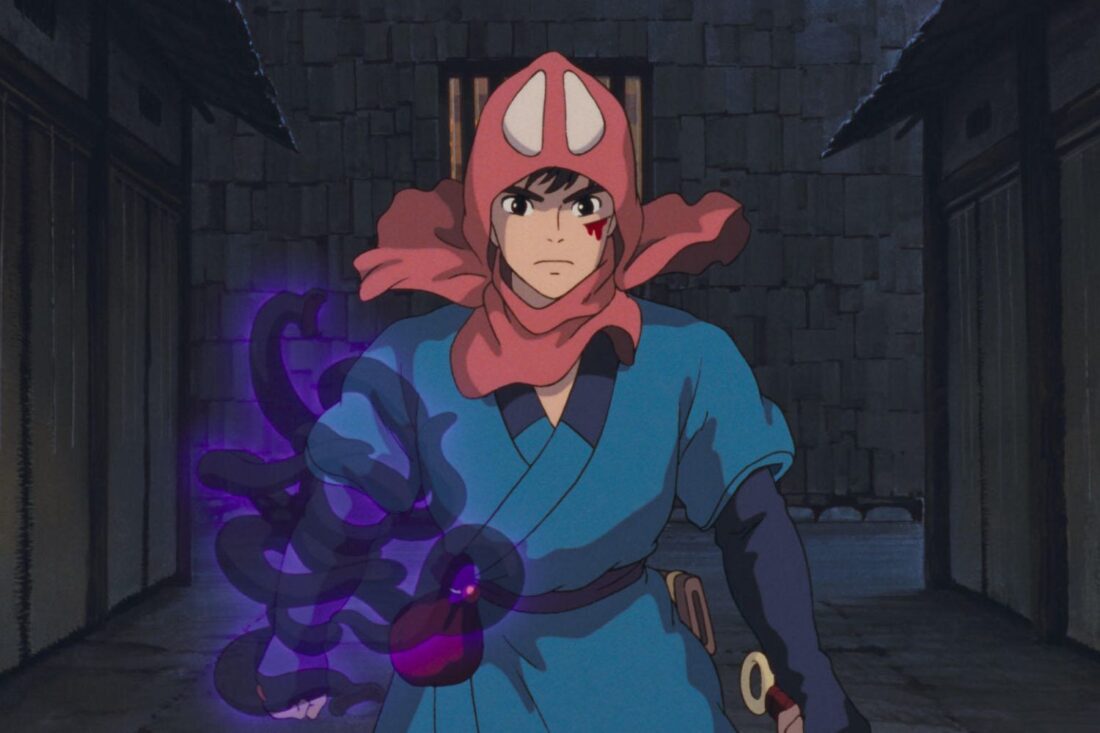
A shocking number of anime feature protagonists whose hands have been possessed by demons, cursed by magic, or replaced by alien shapeshifters.
In classic sci-fi horror Parasyte, a shapeshifting alien parasite is foiled in its attempt to devour its teenage host’s brain and instead becomes trapped in said teen’s arm. Shinichi’s parasite, aptly named Migi (“Right”) for the hand it has replaced, fails to develop the urge to eat human beings like its kindred. But Migi has already devoured and replaced Shinichi’s real arm; without Migi, Shinichi no longer has an arm. Against their wishes, the two form a symbiotic relationship. Migi can transform into a bladed monster and even separate from Shinichi’s body when need be, but usually mimics an actual human arm to disguise itself.
In Ghibli’s Princess Mononoke, the warrior Ashitaka’s right arm is cursed after he touches a demonic boar. Thereafter, his arm has a will of its own and is imbued with bloodlust directed at iron-wielding human beings in particular.
Not to spoil a 30-year-old cult classic, but in the space Western Trigun, Vash the Stampede’s entire arm transforms into a weapon known as the Angel Arm, sometimes without his consent, though he avoids using this inhuman ability as much as possible, preferring to pass as a human outlaw.
And who could forget the wretched fate of Tetsuo in Akira, whose arm becomes an all-encompassing monstrosity that he cannot control, a horrid fusion of wires and flesh that devours the world around it?
In these anime, characters can no longer fully control their own hands, a la Ash in Evil Dead II. The symbolism here is layered and complex, but in essence comes down to a very basic human fear: our own bodies can and do betray us. While in reality that often happens as a result of aging or injury, in genre fiction losing control becomes alien and extreme. I would argue that this plays on a fundamental fear of our bodies and what we might be capable of.
“My hand slipped on the trigger!” is one thing. “My hand is a gun that shoots itself!” is another can of worms.
Fingers Crossed
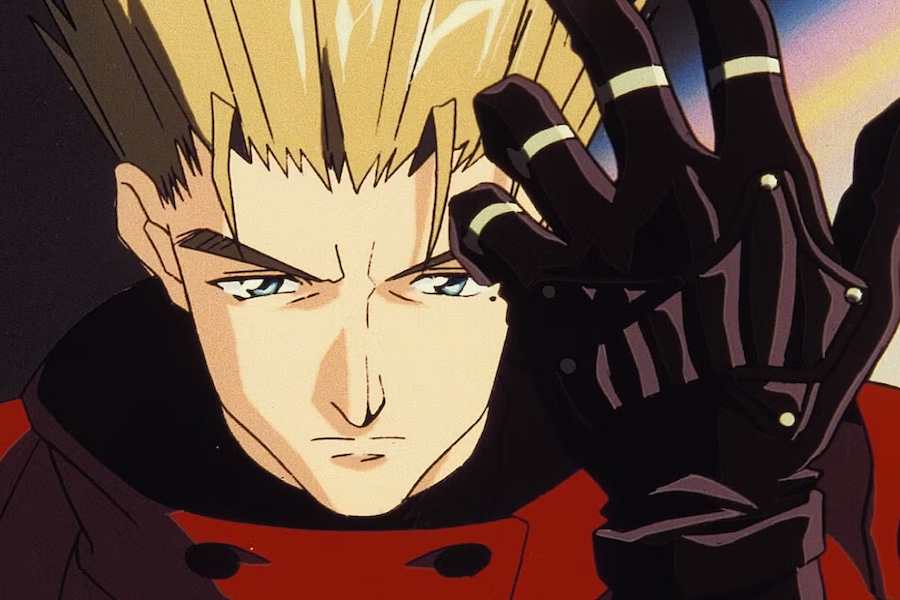
So what the hell is the point of this essay? I can’t quite put my finger on it.
When I first moved to Japan, I heard a sentiment that I have come to resent and champion in equal, conflicted measure: “Japan will not change for you; you have to change for Japan.” Of course, this country shouldn’t have to change to accommodate another white immigrant with shoddy Japanese language abilities. My issue with the statement isn’t the sentiment, but the lack of truth I see in it. In my personal experience, Japanese culture is very accommodating to guests. Japanese hospitality is, after all, world-renowned. People go out of their way to help me when I am confused in public, and are happy to teach me when I don’t know a custom. While I cannot speak for everyone, I have found the people of Japan are very patient with me, almost to a fault. So while it’s true that Japan expects its denizens to eventually get with the program and fall in line, it also recognizes that falling in line takes time and practice. From my perspective, this culture is happy to adapt to newcomers, so long as those newcomers are willing to reciprocate the effort. It takes two hands to perform alchemy.
Japan isn’t saying you cannot be inconvenient. They are saying, rather, that there is a time and a place for inconvenience, problematic though that might seem. People of all kinds are usually welcome in Japan if they are open to adapting to the culture. I’m not saying this is always correct, fair, or healthy, but it is a form of negotiation. It is one way to get by.
Most characters mentioned in this article disguise or cover their hands. Migi pretends to be Shinichi’s actual arm. Edward Elric wears long sleeves and gloves to mask his missing arm. Ashitaka and Vash wrap their afflicted arms in cloth bandages, and Hyakkimaru’s bladed forearms are usually hidden by hand-shaped prostheses. While we can joke all day about how easy it is to pick out a protagonist from a crowd, most anime protagonists choose when to reveal their peculiar hand-related abilities. Something is empowering about all these weird anime hands and their often unassuming nature. Maybe it’s the idea that fitting in is just within our reach if we want it…but so is unabashed, undeniable heroism.
Or maybe I need a nap. I’ll sleep on the left side.
Quick Note: Hey, all. I hope you are coping okay. I find fixating on art during challenging times can be really cathartic, in the same way that spending time with animals or in nature can be. Feel free to chat about whatever you like below, be it anime hands or things that have helped you this month or other topics of interest. がんばって、ね。

